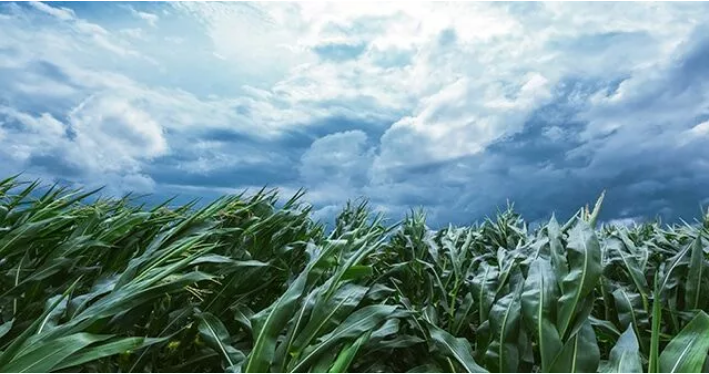
Digital Agriculture
Seamless integration of digital technologies into crop and livestock management and other processes in agriculture.
For farmers, digital agriculture offers the opportunity to increase production, save costs in the long-term and eliminate risk.
Application of digital technology to Agriculture
1- Crop, soil, and livestock monitoring:
Today most of the world’s habitable land is used for agriculture. One of the most fundamental farming objectives is to increase crop yield, with minimal nutrient and water use and waste.
Agricultural soil monitoring enables continuous monitoring and sampling of nitrate, phosphate, potash, and moisture, providing real-time, accurate data. Gathered from different depths of the root zone, information is easily accessible from the fields, facilitating real-time adjustments during crop cycles.
Application of digital technology to Agriculture
2-Detection of pests and diseases.
Crop diseases are responsible for significant economic losses in agriculture worldwide. Monitoring of crop health and early detection of new diseases are essential to reduce disease spread and facilitate effective field management practices. Crop disease detection, generally carried out through scouting or field inspections, is often supplemented by diagnostic tools based on serological methods and polymerase chain reaction (PCR) tests.
Application of digital technology to Agriculture
3-Weather and temperature forecasting.
Most people know that the weather has a significant impact on the agriculture industry. Indeed, crops need the basics of moisture, warmth, and sun to thrive. But what’s less obvious is how the details of weather information can drive a grower’s business decisions, helping them to plan efficiently, minimize costs and maximize yields—and profits—as a result.
Application of digital technology to Agriculture
4-Predictive analytics.
Agriculture is a risky business. There is almost no industry that involves more risk than agriculture. The adage “you reap what you sow” is not always applicable to agriculture.
In addition, with the world’s population and food consumption increasing, farmers need to produce more with limited water and land resources to meet these growing demands.
In thirty years’ time, there will be many more people to feed and there has to be a move beyond current farming practices to meet demand.
Application of digital technology to Agriculture
5-Autonomous agricultural robots and farm equipment.
The incorporation of robotics in agriculture improves both productivity and working conditions for farmers and workers. Intelligent systems are becoming the ideal solution to drive precision agriculture. Today, a large number of agricultural operations are already being done autonomously.
Thus, collaborative robots are now commonly used in fruit harvesting or insect grafting and cultivation, where Artificial Intelligence provides predictive data to optimize farms and plantations.





